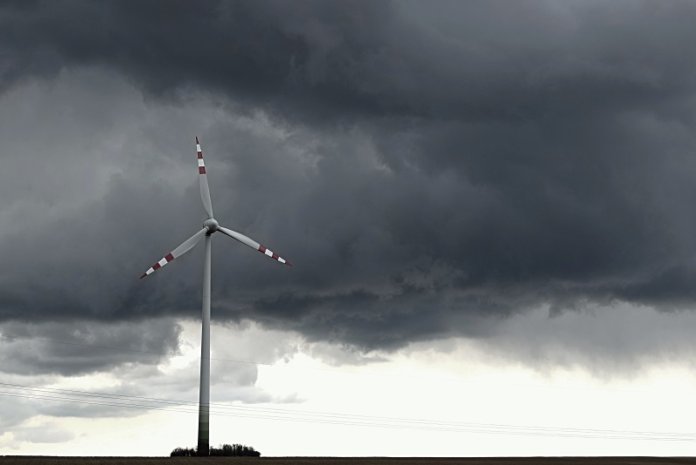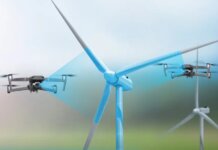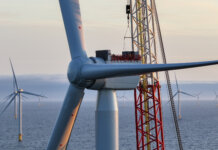DNV GL, an independent energy advisory and certification body, has launched a joint industry project with 10 commercial partners to develop a COmprehensive methodology for Blade Rain erosion Analysis (COBRA).
The COBRA project will investigate damage caused to leading-edge wind turbine blades from high-speed impacts of foreign objects, such as raindrops, and identify how best to develop protection systems. DNV GL explains that rain erosion damage can be significant on unprotected wind turbine blades. Though the damage doesn’t often impact the structural integrity of blades, it can influence energy generation over the life of a turbine by degrading the aerodynamic performance.
In turn, DNV GL has partnered with Vestas, Siemens Gamesa Renewable Energy, LM Wind Power, Ørsted, Senvion, Mankeweicz, Akzonobel, Aerox-CEU, Polytech, Hempel and PPG to take up the challenge of analyzing the effect that rain erosion damage can have on the blades of operating wind turbines.
The outcome of the project will be a recommended practice for designing a protection system against rain erosion. The practice is expected to be published by July 2020.
“Increasing the performance of wind turbines and blades is crucial for the transition to a cleaner energy system,” comments Rich Barnes, executive vice president for the Americas at DNV GL. “Erosion of blades is affecting the global wind industry. There is currently a lack of methods and design protection systems to prevent blade erosion, so it is vital to identify solutions and develop tools to tackle erosion problems. The COBRA joint industry project will address these challenges and share knowledge to advance the understanding within the wind energy industry.”





Rain/Sand/Dust probably all contribute to erosion.